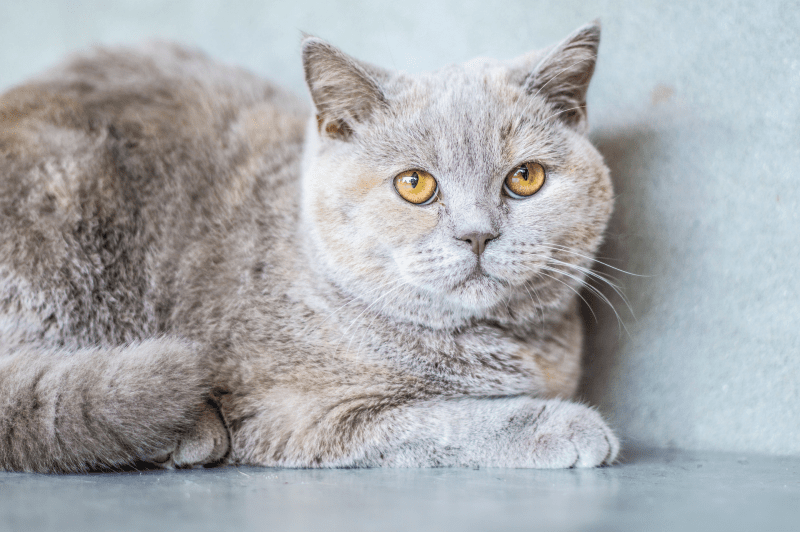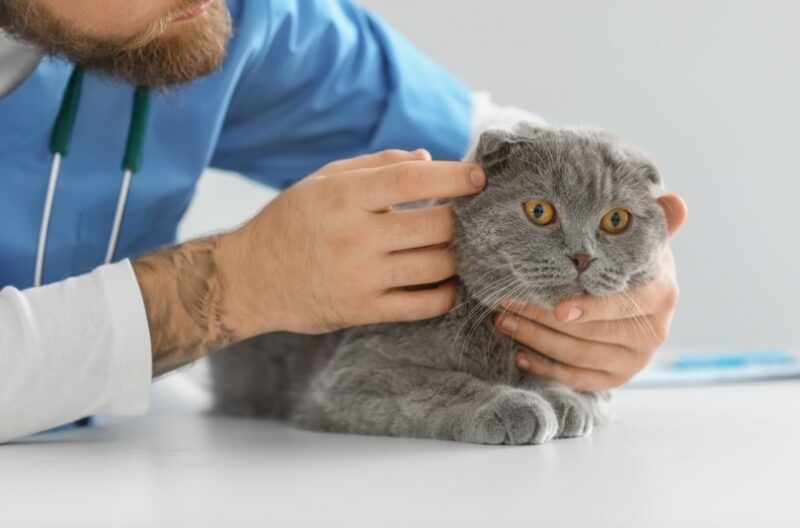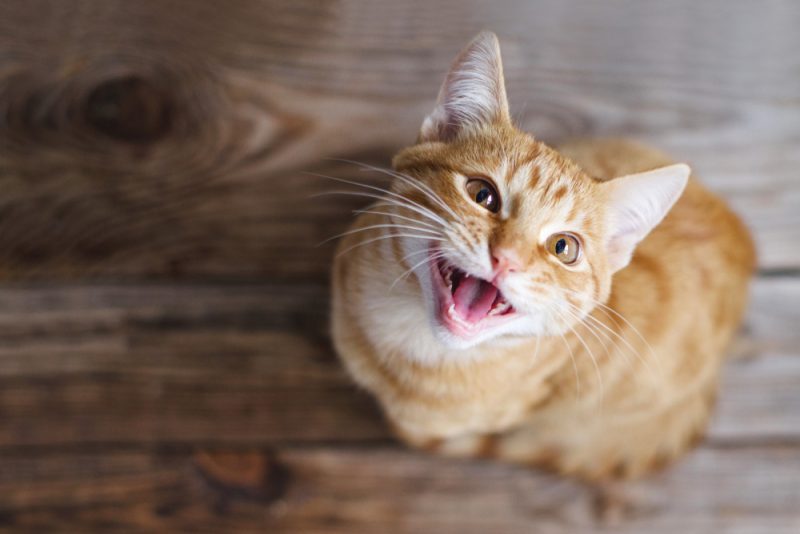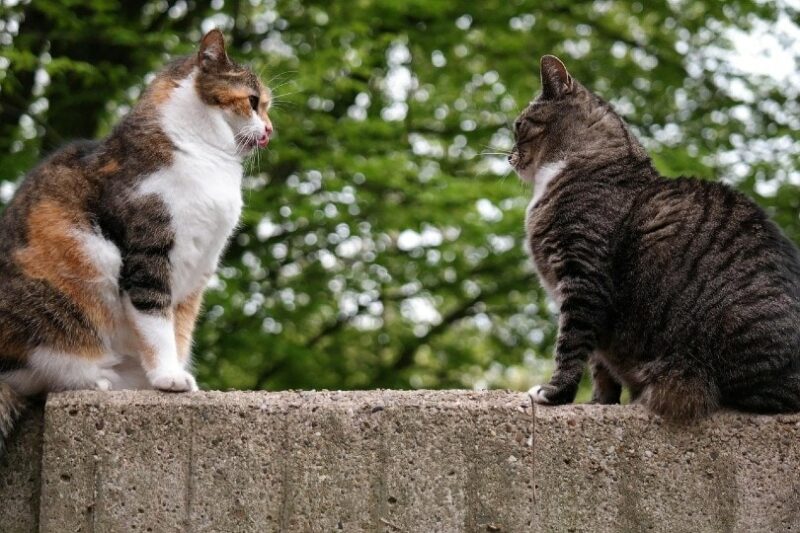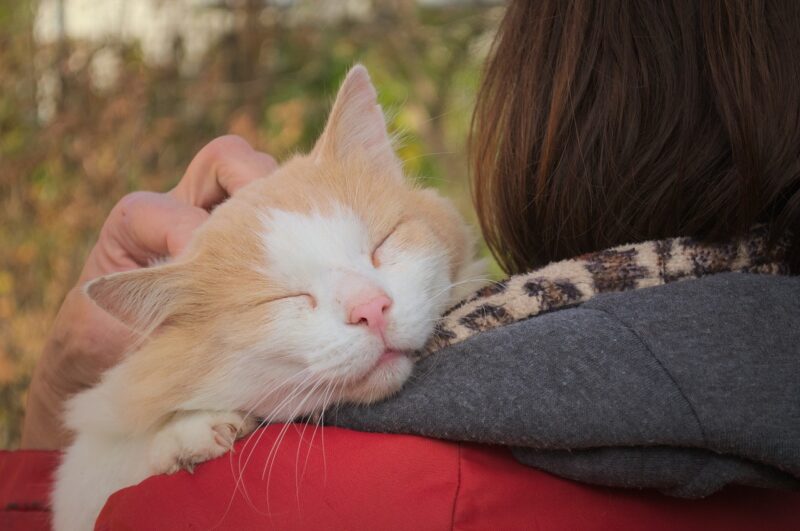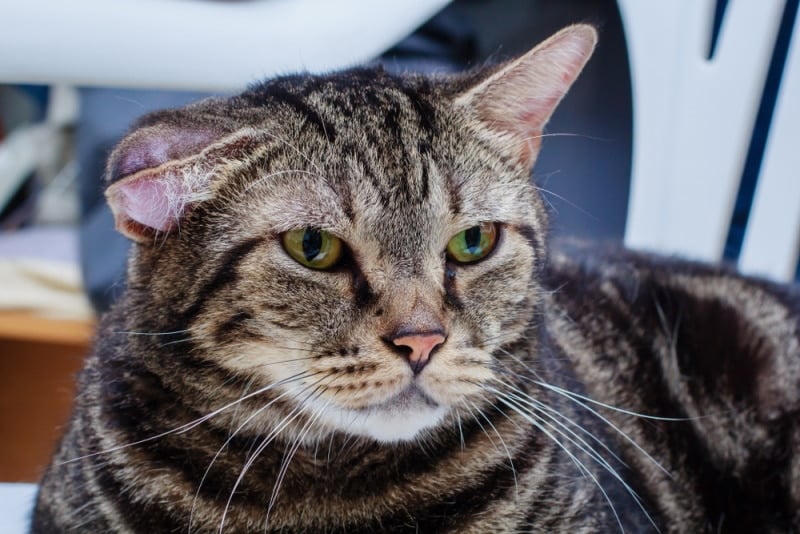In this article
Depending on where you live, or where your feline family member came from, you may have noticed that they are sporting a tattoo. Getting inked has become a pretty common form of expression for humans, but not something we would normally associate with cats! So why do some cats have tattoos, and do they need them? Spay and neuter tattoos are useful, particularly for cats that spend time outside, but they are not mandatory and there are other methods to mark your cat as being spayed or neutered.
To answer these questions, let’s learn a bit more about what these tattoos mean, and why they are used.
What Is a Spay or Neuter Tattoo?
Tattoos are used in pets for a number of reasons, such as identification of racing Greyhounds, or in place of/in addition to a microchip. These are usually a series of numbers and letters, and may be in one or both ears, or on the inside of a leg. For cats, the tattoo you are likely to see indicates that an animal has been neutered/spayed. On the surface, this might sound like an unnecessary and barbaric practice, but it is actually painless and potentially beneficial. Neutering actually refers to the surgical sterilization of males (castration) and females (spay), so we can use this term neuter to apply to both sexes.
There are a number of different types and locations of neuter tattoos; either on the abdomen or near the prepuce, where the cat would be clipped for neutering, on the inside of the ear. Sometimes the tattoo is a dash, a circle, a wiggly line, even a heart! In Australia, where ear tattooing is common, tattoo pliers are used to place a 🚫on the inner surface of the left ear when an animal is sterilized. In the US, there is greater variation in tattoo shape or form, whereas other countries, such as the UK, do not use them at all.
The main problem with tattoos placed on the abdomen is that it is possible that they could be missed, and if the cat is not very handleable, may not be visible until they have been sedated or anesthetized. Also, some vets use a flank approach when spaying; the incision is made on the side, not the belly, so a tattoo may not be seen. The benefit of an earmarking is that it is visible with minimal restraint or interference.
Are Spay or Neuter Tattoos Necessary for Cats?
These tattoos are not a legal requirement, and even in practices or areas where they are regularly used, they can only be placed with the owner’s consent. The most important reason for a cat to receive a neutering tattoo is in the event that the cat is rehomed or strays because it allows us to clearly tell if they have been neutered.
When it comes to females, there is no external indicator of whether or not they have been spayed. Sometimes a scar may be visible, but there is no guarantee that it is from being spayed. If they have a clear tattoo, it saves them from undergoing unnecessary surgical exploration.
You might think that it should be quite clear when a male cat has been castrated, however, cats with bilateral cryptorchidism have their testes located inside the abdomen, so again, a lack of external testes does not guarantee sterility; a tattoo does.

How Are The Tattoos Applied?
The most common place for spay/neuter tattoos to be applied in the US is on the ventral abdomen, in the area where a midline incision would be made. This location should even be used for cat castrations or flank spays. Using a standardized location means that there is no need to search for marks in other locations, and by placing it in this area, it is likely to be found when the cat or dog is clipped for a spay surgery or exploration for retained testes.
The tattoo is made when the animal is under general anesthetic for their spay/neuter by making a shallow incision through the skin using a sterile scalpel blade, to which tattoo paste is applied. The incision is then closed using tissue glue.
Are There Other Types of Spay or Neuter Identification Used in Cats?
Another form of identifying neutered cats is ear tipping or notching. This is more commonly used in cats that are feral, because it allows them to be identified from a distance, without needing to capture them. As a rule, the identifying mark is placed in the left ear, though this doesn’t always happen.
When stray or feral cats are neutered, it is common for this procedure to be performed. If you have rescued your cat from an animal shelter, they may have had this done even if they are friendly, sociable cats, purely because it is standard practice; a cat with a notch or tip missing from their ear is not necessarily feral.
The ear tipping is quicker and easier, but the notch is more obviously a deliberate mark, whereas cats could lose the tip of an ear through trauma.
Additionally, the information kept on your cat’s microchip record should include neuter status, so always get your cat microchipped, and ensure it is up to date.
Should Your Cat Receive a Spay or Neuter Tattoo?
As we mentioned, these tattoos are not mandatory, and whether or not your cat receives a tattoo when they are neutered will depend on whether the veterinary hospital performs them, and your preference.
If your cat goes outside, and particularly if they have a free-roaming lifestyle, it would be sensible to request an ear tattoo. For feral cats, an ear tip or notch would be a good way to show that they have been neutered, without being trapped or caught.
Will It Harm Your Cat?
No, the tattoo ink used on pets is either black or green, and poses little, if any, risk of causing a reaction. Before the tattoo is placed, the skin is cleaned to prevent contamination. There is a small chance of infection if the tattoo location was to become dirty or exposed to pathogens within the first few days, but this is uncommon.
The only ‘problem’ with neutering tattoos is cosmetic, and for wholly indoor cats, they are not really needed. For outdoor or feral cats, we are certain that they would prefer a tattoo or ear notch to being captured and anesthetized unnecessarily!
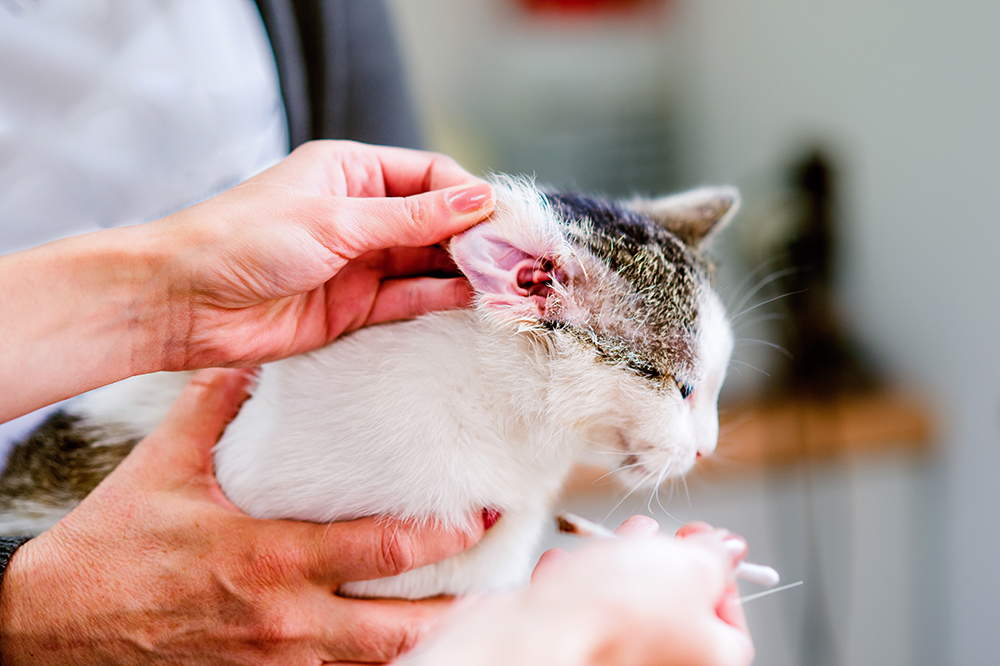
My Cat Doesn’t Have a Neuter Tattoo – Should I Get One?
While the presence of a tattoo is proof that a cat is neutered, the absence of one does not mean that they aren’t. These tattoos are only placed when your cat is under anesthetic, at the time of their spay or castration.
Technically, even a cat that has been examined or surgically explored to look for reproductive organs cannot be given a tattoo; it can only be placed by, or in the presence of, the veterinary surgeon who performed the surgery.
If your cat doesn’t have a tattoo and they do go outdoors, the best thing to do is check their microchip. If your cat doesn’t already have a microchip, you should definitely get one put in, even if your cat doesn’t go outside. If your cat does have one, make sure it is kept up to date with your current contact details, and check to see that it lists your cat as being spayed or castrated.
If you’re not sure how to do this, or have lost track of your cat’s microchip details, contact a veterinary practice for advice.
If you need to speak with a vet but can't get to one, head over to PangoVet. It's an online service where you can talk to a vet online and get the advice you need for your pet — all at an affordable price!

Final Thoughts
Spay and neuter tattoos certainly have their place, particularly for cats that spend time outside. Ironically, the majority of cats in the UK live partly or wholly outdoors, but tattooing is not practiced there! Cats do not need a spay or neuter tattoo, but rest assured that the cats that have received one were not awake for the procedure.
The best thing that you can do today is make sure that your cat’s microchip details are up to date, including their neuter status. If you’re not sure about your cat’s microchip, speak to a vet about bringing your kitty in to be checked. They can scan for an id chip and let you know how to update your details.
Featured Image Credit: bmf-foto.de, Shutterstock




